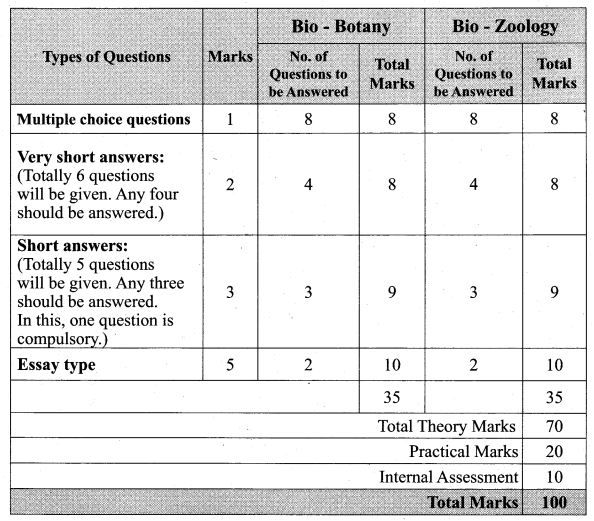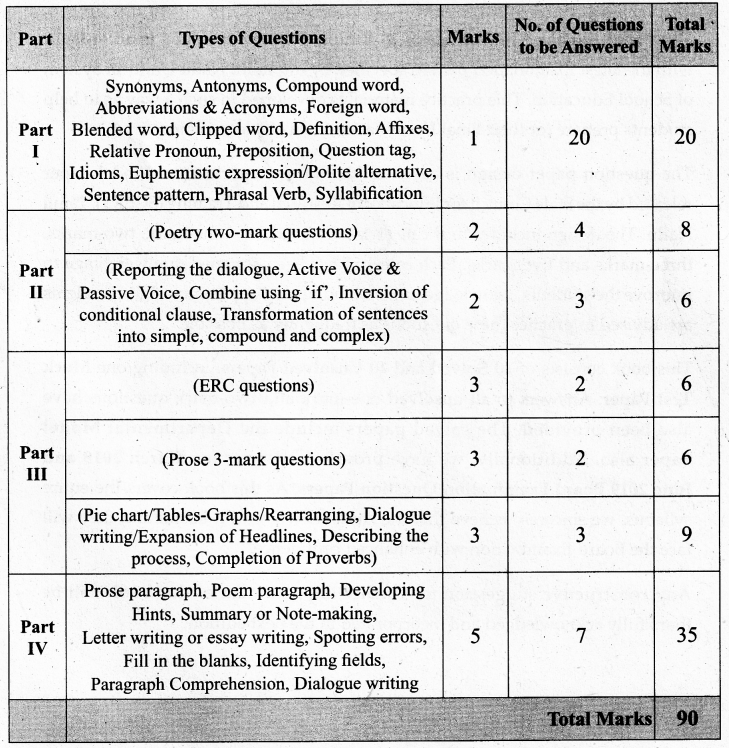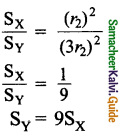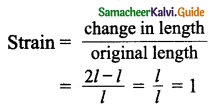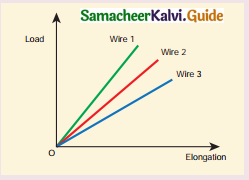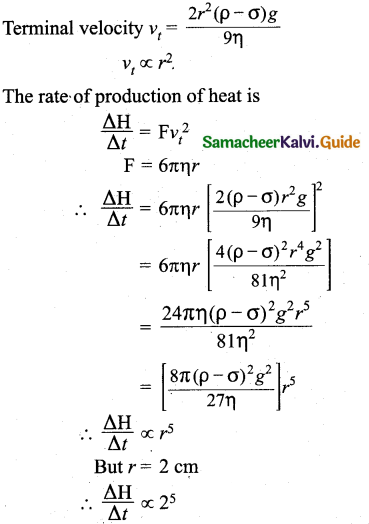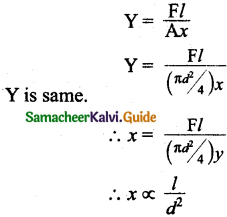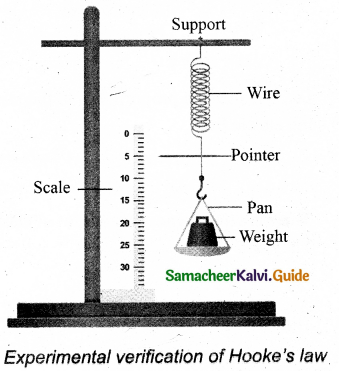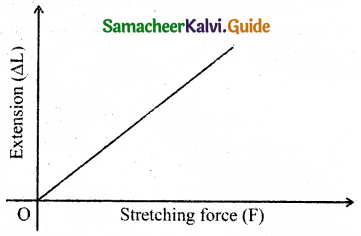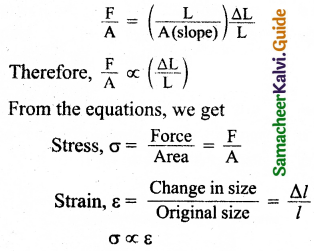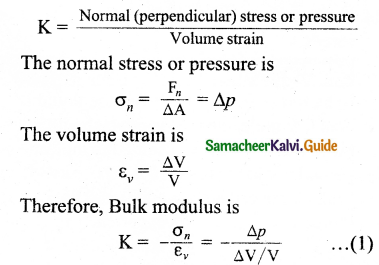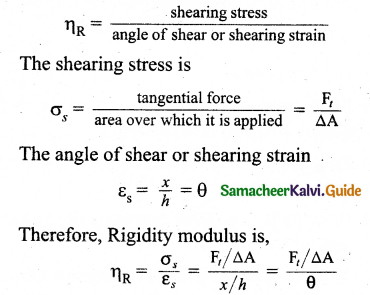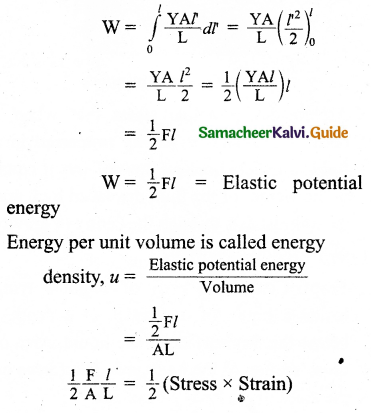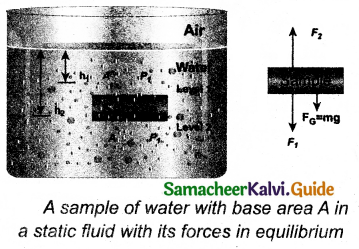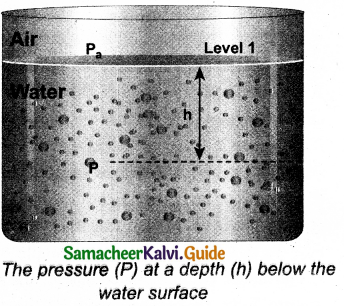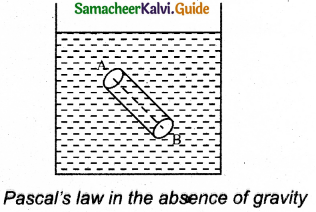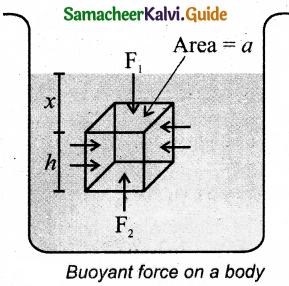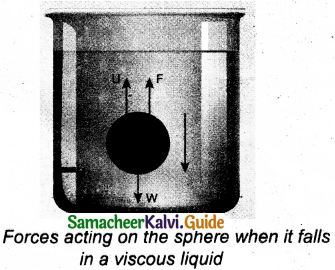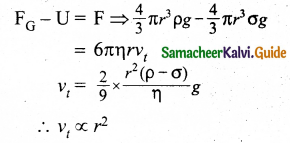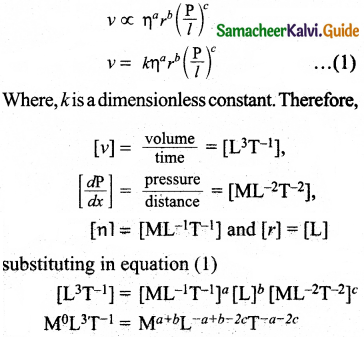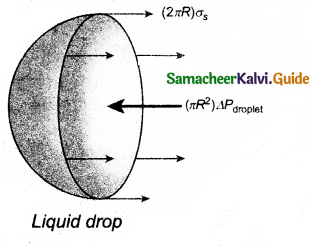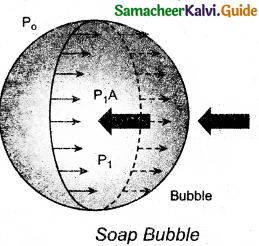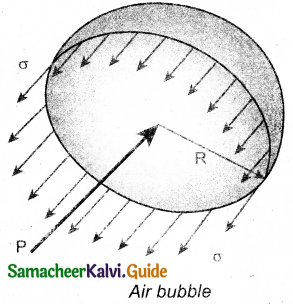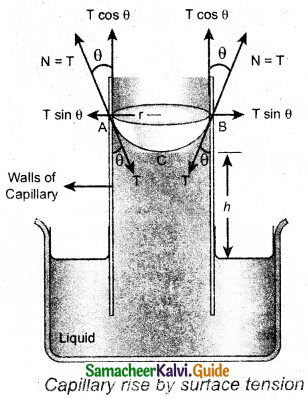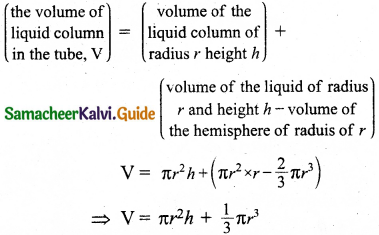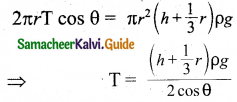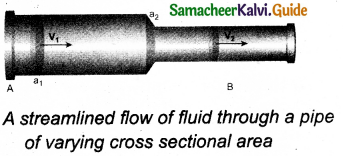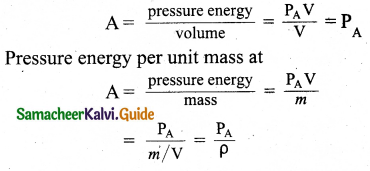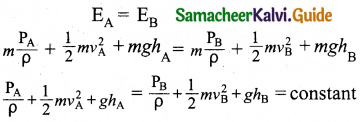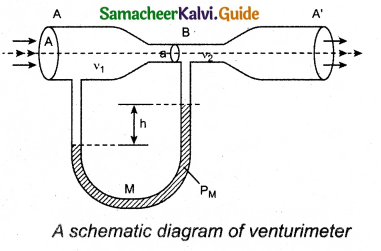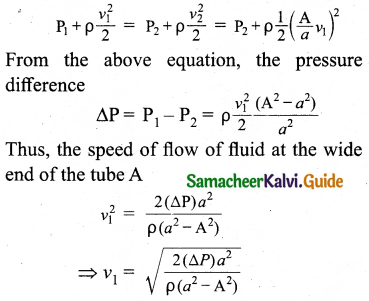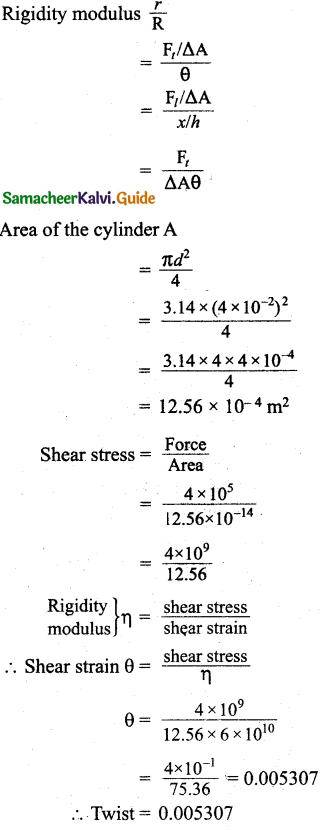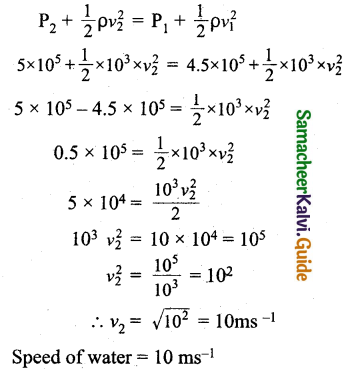Tamilnadu State Board New Syllabus Samacheer Kalvi 11th Commerce Guide Pdf Chapter 31 Discharge and Breach of a Contract Text Book Back Questions and Answers, Notes.
Tamilnadu Samacheer Kalvi 11th Commerce Solutions Chapter 31 Discharge and Breach of a Contract
11th Commerce Guide Discharge and Breach of a Contract Text Book Back Questions and Answers
I. Choose the Correct Answer
Question 1.
On the valid performance of the contractual obligation by the parties, the contract
a. Is discharged
b. Becomes enforceable
c. Becomes void
d. None of these
Answer:
a. Is discharged
Question 2.
An agreement to do an act impossible in itself under Section.56 is
a. Void
b. Valid
c. Voidable
d. Unenforceable
Answer:
a. Void
![]()
Question 3.
Any agreement which becomes impossible to perform under various circumstances
a. Voidable
b. Void
c. Valid
d. None of these
Answer:
b. Void
Question 4.
Discharge by mutual agreement may involve
a. Novation
b. Rescission
c. Alteration
d. All of the above
Answer:
d. All of the above
![]()
Question 5.
The compensation given for breach of contract is
a. Damage
b. remuneration
c. Money
d. Cheque
Answer:
a. Damage
II Very Short Answer Questions
Question 1.
What are the kinds of consent?
Answer:
The consent may be of the following types:
- Express
- Implied
Question 2.
What are the types of Impossibility of Performance?
Answer:
There are two types of the impossibility of performance such as
- Impossibility existing at -the time of the agreement.
- Impossibility arising subsequent to the formation of the contract.
![]()
Question 3.
What is Quantum merit?
Answer:
The meaning of the phrase quantum merit is ‘as much as earned’.
III. Short Answer Questions
Question 1.
What are the different modes of discharge by implied consent?
Answer:
The different modes of discharge by implied consent are: .
- Novation
- Alteration
- Recession
- Remission
- Accord and Satisfaction
- Waiver and
- Merger
Question 2.
Define discharge by Performance.
Answer:
Performance implies carrying out the obligation of the contract. Performance must be completed according to the real intentions of the agreement. Performance must be done according to the time and manner prescribed.
![]()
Question 3.
What are the reasons for impossibility arising after the formation of a contract?
Answer:
A contract may be discharged if its performance becomes impossible. The rule of the impossibility of performance is based on the following maxims
- The law does not recognize what is impossible and
- What is impossible does not create an obligation
Question 4.
What are the various rules regarding damages?
Answer:
Generally in the following cases, the court grants specific performance:
- When the act agreed to be done is such that compensation in money for its non – performance is not sufficient.
- When it is probable that compensation in money cannot be received for the non – performance of the act agreed to be done.
- When there is no standard for ascertaining the actual damage caused by the non – performance of the act agreed to be done.
![]()
IV. Long Answer Questions
Question 1.
Explain the ways of discharge of Contract?
Answer:
Meaning:
Discharge of contract implies termination of the contractual relationship between the parties. A contract is discharged if it ceases to operate and when the rights and obligations created by it come to an end.
Discharge by Performance:
Performance implies carrying out the obligation of the contract. Performance must be completed according to the real intentions of the agreement. Performance must be done according to time and manner prescribed. Performance of contract may be of two types namely (i) Actual . performance (ii)Attempted performance
By Agreement on Consent:
Agreement between the parties comes to an end by mutually agreeing for it. Any contract is created by an agreement, hence in the same way, it can be discharged by an agreement. In this connection, the rule of law is as follows. “Eodemmodoqus and quide constitution, eodemmododestruitur,” the meaning of which is that a thing may be destroyed in the same manner, in which, it is constituted. The consent may be of the following types
- Express
- Implied.
By Impossibility of Performance:
A contract may be discharged if its performance becomes impossible. According to the Section 56 of the Act, all acts to do impossible acts are void. There are two types of impossibility of performance such as
- Impossibility existing at the time of agreement,
- Impossibility arising subsequent to the formation of contract.
By Lapse of Time:
According to the Limitation Act, 1963 a contract must be performed within a specified time. If it is not performed within this specified time limit and against which if no action is taken by the promisee in the Court of Law within specified time, then the promisee is deprived of his remedy at law. In such cases, the contract is discharged.
A contract can be discharged by the operation of law:
The operation of law by which contract can be discharged are as follows :
- By Death
- By Merger
- By Insolvency
- The unauthorised alteration of terms of a contract
- Rights and liabilities vesting in the same person
![]()
Question 2.
Write about the various remedies for breach of contract:
Answer:
There are various types of remedies for the injured parties listed as follows:
1. Recission of Contract – In case of breach of contract by one party, then the other parties may rescind the contract, and thereby the party is absolved from all obligations under the contract.
2. Claim for Specific Performance – In some specific cases if the damages are not an adequate remedy, then the court can direct the party in breach for the specific performance of the contract. In such a case, the promise is carried out as per the terms and conditions of the contract.
3. Claim for Injunction – Injunction is an order passed by a competent Court restraining a person from doing some act. An injunction can be defined as a mode of securing the specific performance of the negative terms of a contract.
4. Claim for Quantum Merit – The claim for quantum merit may arise if a contract performed by one party has become discharged by breach of the other party. The meaning of the phrase quantum merit is as much as earned’.
5. Claim for Damages – The claim for quantum merit may arise if a contract performed by one party has become discharged by breach of the other party. The meaning of the phrase quantum merit is as much as earned.
Question 3.
Discuss the different types of damages awarded to the injured party.
Answer:
Damages are monetary compensation awarded by the court to the injured party for the loss or injury suffered by him. As per the contract, one party can claim damages if the other parties breach the contract. The main purpose of awarding the damages is to make good the loss suffered by him. It is known as the doctrine of restitution.
Section 73 of the Indian Contract Act, 1872 deals with the compensation for loss or damages caused by a party for breach of contract. There are mainly four types of damages, such as
- Ordinary damages
- Special damages
- Vindictive or exemplary damages; and
- Nominal damages
![]()
11th Commerce Guide Discharge and Breach of a Contract Additional Important Questions and Answers
I. Choose the Correct Answer:
Question 1.
In case of breach of contract, which of the following remedies is not available to the aggrieved party?
a. suit for rescission
b.suit for damages
c. suit for specific performance
d. a suit under Indian Penal Code
Answer:
d. suit under Indian Penal Code
Question 2.
The time of limitation for enforcement of contractual rights is ………………..
a. 2 years
b. 3 years
c. 4 years
d. 5 years
Answer:
b. 3 years
![]()
Question 3.
If a new contract is replaced in the place of a prevailing contract is called …………………
a. alteration
b. novation
c. waiver
d. remission
Answer:
b. novation
Question 4.
Discharge by mutual agreement involves which of the following?
a. Novation
b. Rescission
c. Alteration
d. All the above
Answer:
d. All the above
![]()
Question 5.
Which of the following is the usual law remedy?
a. Injunction
b. Specific Performance
c. Damages
d. Penalty
Answer:
c. Damages
II. Very Short Answer Questions:
Question 1.
What do you mean by the discharge of a contract?
Answer:
Discharge of contract implies termination of the contractual relationship between the parties. A contract is discharged if it ceases to operate and when the rights and obligations created by it come to an end.
Question 2.
What are all the types of performance of a contract?
Answer:
Performance of the contract is under two types namely,
- Actual Performance and
- Attempted Performance.
![]()
III. Short Answer Questions:
Question 1.
State some cases, in which the court grants specific performance:
Answer:
- When the act agreed to be done is such that compensation in money for its non-performance is not sufficient.
- When it is probable that compensation in money cannot be received for the non-performance of the act agreed to be done.
- When there is no standard for ascertaining the .actual damage caused by the non-performance of the act agreed to be done.
Question 2.
At what circumstances the court may order an injunction at the time of claim?
Answer:
The court may order injunction in the following cases:
- If the contract is voidable
- If the contract becomes void or
- On discovering the contract as void.
IV Long Answer Questions
Question 1.
Explain the ways by which a contract can be discharged by operation of law:
Answer:
The operation of law by which contract can be discharged are as follows:
By Death:
If the contracts depend on the personal skill or ability, then such contract may be discharged on the death of the promisor.
By Merger:
Merger will take place when an inferior right accruing to the same party either under the same or another contract.
By Insolvency:
An insolvent is discharged from all liabilities incurred prior to his adjudication.
Unauthorized Alteration of the Terms of a Contract:
If one party makes any material alteration in the contract without the consent of the other party, then the other party can avoid the contract.
Rights and liabilities vesting in the same person:
Where the right and liability become vested in the same person, the other parties are discharged.
![]()
Question 2.
What are all the reasons for not granting the specific performance by the court?
Answer:
The court does not grant specific performance in the following cases:
- Damages are an adequate remedy
- The contract is not certain
- The contract is inequitable to either party
- The contract is of revocable nature
- The contract is made by the trustee in breach of trust
- The contract is of personal nature i.e., contract to marry
- The contract made by a company ultra-vires of its Memorandum of Association
- The court cannot supervise it’s carrying out.
![]()
